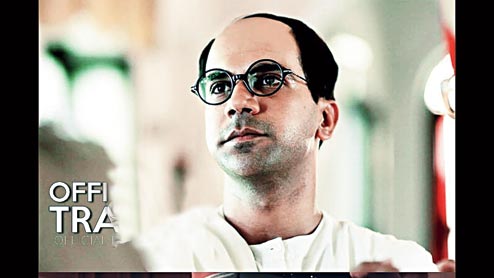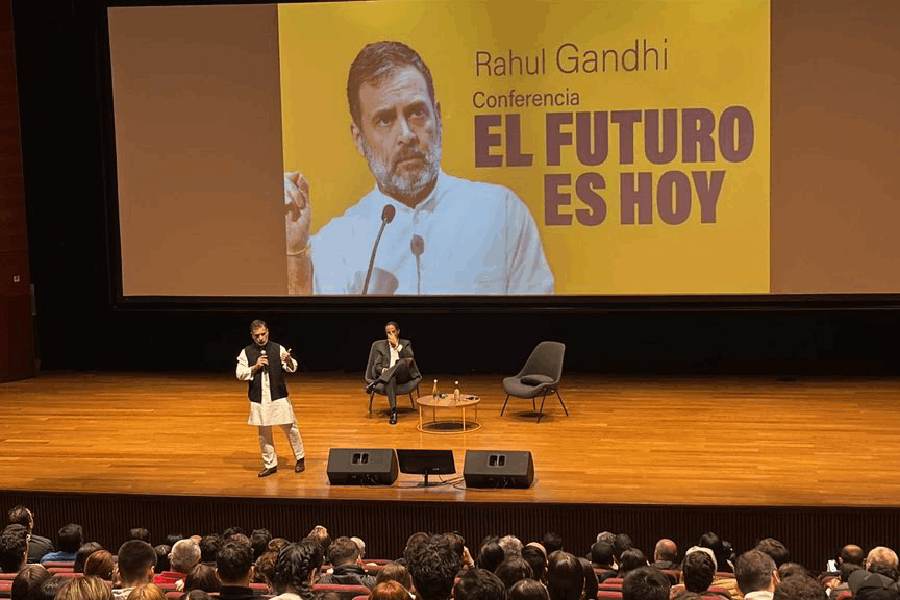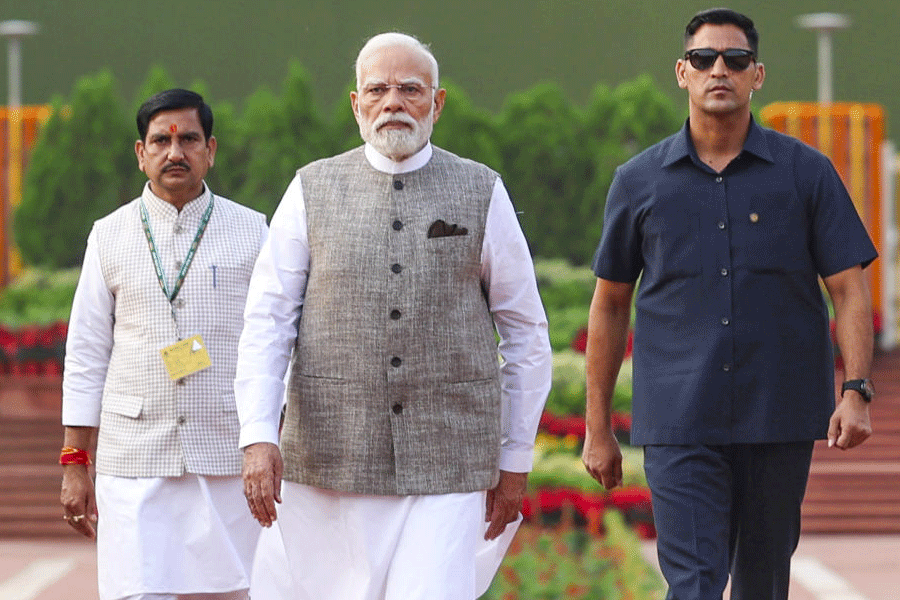
The world thinks that Bose is dead because Bose wants the world to believe he’s dead”. Bose: Dead/Alive — the web series on Netaji Subhas Chandra Bose — is a fast-paced watch on the legend’s fascinating life and times, with his mysterious death that’s been a source of conjecture and the subject of many conspiracy theories over the decades, being its primary focus.
Streaming on Ekta Kapoor’s Alt Balaji web app and creative-produced by filmmaker Hansal Mehta, Bose: Dead/Alive has Rajkummar Rao — who can currently do no wrong on screens big, small and digital — slipping into the shoes of the larger-than-life hero, who spearheaded India’s freedom movement. But did Bose really die in the 1945 plane crash, or did he continue to live incognito? That’s the intrigue around which the web series is built. Here’s how it scores on the t2 meter...
Plot: 7/10
The nine-part series, with each episode playing out between 20 and 30 minutes, captures Bose’s growing-up years at his Elgin Road home, his rebellion against the British as a student at Presidency College, his rapid rise in local, national and international politics. Nothing that’s new here, but the series succinctly packs in the highs and lows of Bose’s life into its limited runtime. It glosses over the Indian National Army (INA) bit though.
Narrative: 8/10
The narrative style grabs you from the get-go. It starts off with Bose’s mourning family being asked by an emissary from Mahatma Gandhi not to conduct his last rites. Is Bose alive? That’s the question on everyone’s mind, even as news of him having been burnt alive in a plane crash in Japan dominates headlines. Indians are filled with hope, the British with fear. The narrative shifts seamlessly, decoding the conspiracy theories around his disappearance… did he vanish with the boxes of gold that he was carrying to mobilise an army? Did he fake his death, escape to Manchuria and start living like a common man?
Intrigue: 7/10
Bose was known as a master masquerader — there’s even an allusion to Harry Houdini in an episode — and Hansal Mehta and director Pulkit project him as a superhero of sorts, duping the British time and again and beating them at their own game. The focus of the web series is to contemporise Bose and paint him as a poster boy of rebellion. So you have the man making the British believe he’s holed up in his room for days, when he’s actually escaped to Afghanistan. Most of the intrigue is obviously built around the months following 1945, with the world left wondering about his fate. What makes the British think he’s faked his own death? “I always get away,” is his favourite line.
The Man: 9/10
Bose was more than a mere political leader. His ideology, his ability to mobilise mass support, his powerful personality and his unflinching focus on making India independent — Bose: Dead/Alive brings alive all this. We also see a romantic side to the man — his relationship with and marriage to his German translator Emilie Schenkl — but it’s as the revolutionary that Bose shines the brightest. The high point? His meeting with Gandhi and Nehru where he sticks to his stand of building an army to take on the British, reiterating “khaki aur khadi ki ladaai”, despite Gandhi saying he wouldn’t support him.
Humour: 8/10
Mehta and Co. lend an unexpected humorous touch to Bose, primarily through the character of Darbari Lal, an Uncle Tom working for the British who is shown as the first to arrest Bose and then becomes an indelible part of his existence. Darbari Lal is commissioned by the British to spy on Bose for months together. The scene that brings on the biggest laughs and also humanises Bose? He steps out on a rainy night and hands over an umbrella, a cup of tea and a cigarette to Darbari Lal who’s been spying on him!
Music: 6/10
Calcutta boys Neel Adhikari and Dr G (whom we know better as filmmaker Q) give an edgy touch to the title track — rendered in English and Bangla — and peppered with lyrics like Subhas ke bojha shokto. The background score, though grating at times, heightens the drama.
Performance: 9/10
Naveen Kasturia’s Darbari Lal is not only an important character, he’s also the narrator. And he’s top-notch as someone who starts off opposing Bose and then goes on to secretly admire him. Anna Ador makes an impact as Emilie Schenkl. The others — Patralekhaa as Nandini, a prospective match for Bose, to Edward Sonnenblick as the British top cop Stanley Allen — do justice too. Rajkummar Rao, 11kg heavier to play Bose, turns in an impressive act as “the greatest leader that never led India after Independence”. Long stare, confident walk and talk... the Newton man shows yet again why he’s one of the best we’ve around.
Priyanka Roy











